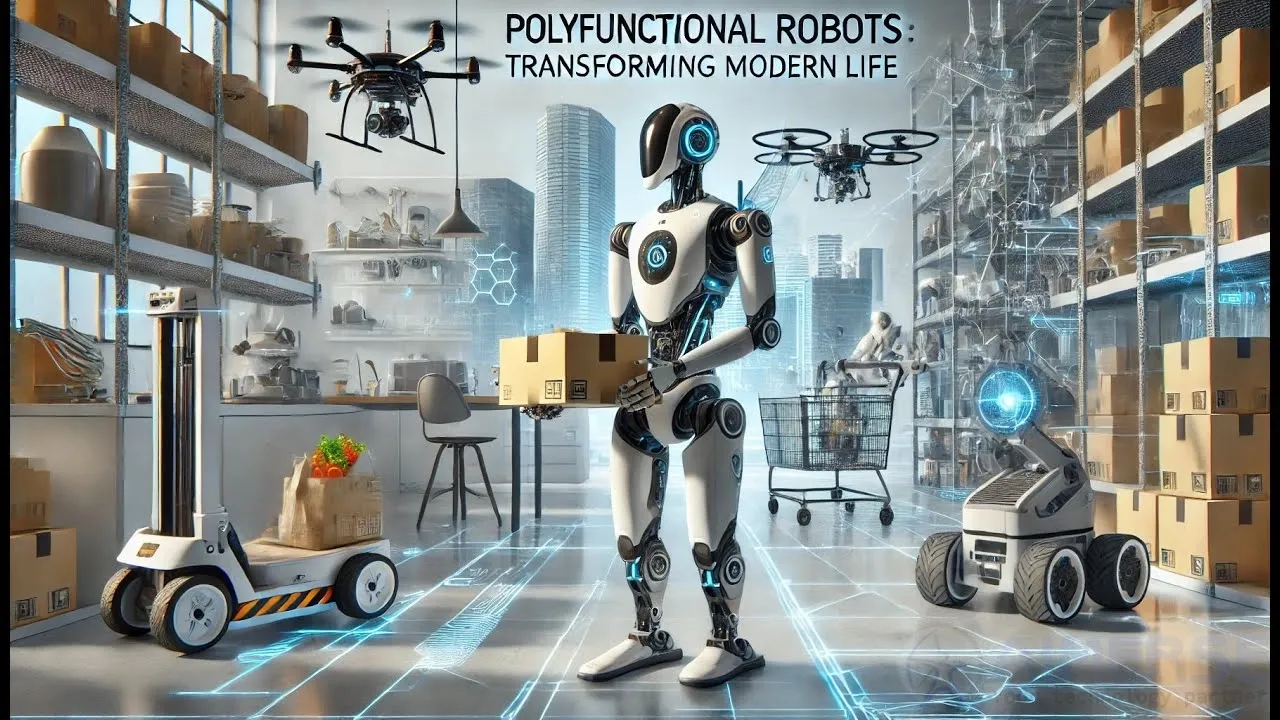Polyfunctional Robots: Versatility in Automation
In the fast-changing world of automation, polyfunctional robots are emerging as a revolutionary force. They are designed to perform multiple tasks across various industries, thereby increasing operational efficiency and adaptability by leaps and bounds.
Understanding Polyfunctional Robots
Polyfunctional robots are highly advanced machines that are equipped with complex hardware and smart software. This enables the execution of a host of tasks. Most robots in their original use have limited roles, but these machines can be used in new applications or areas, hence very relevant to dynamic environments.
Applications Across Industries
Multi-functionality in poly-functional robots allows them to be used in industries like:
- Manufacturing: The assembly, quality control, and packaging functions could be performed for streamlined production lines.
- Health: Assisting surgeries, patient care, and working in the lab for better research accuracy and efficiency.
- Logistics: Managing stock, sorting packages, and fine-tuning the warehouse operations to serve the surging demand.
- Agriculture: Planting and harvesting, inspecting the crop health condition along with other reasons for more extensive sustainable agriculture practice.
Benefits of Polyfunctional Robots
What the introduction of polyfunctional robots in business can offer as advantages are as follows:
- High productivity. They do not get tired and thus operate continuously, and this increases output and maintains a steady performance.
- It is cost-efficient: it reduces the need for specialized machinery, and by saving costs, they handle several tasks.
- Flexibility: they are easily programmed to undertake new tasks, which makes business entities adapt fast to changing demands.
- Enhanced Safety: With it taking over hazardous tasks, the risk to human workers is at the lowest, making it a safer workplace for its employees.
Challenges and Considerations
Although polyfunctional robots are shown to be convenient at this present moment, their deployment is not without its challenges and considerations:
- Complex integration and planning: This would be important and would ensure that they are operated within already current systems.
- Technical Qualifications: Robots of the advanced variety require special technical training for them to operate and maintain.
- Initial Investment: It is very expensive to begin with, but the long-run benefits usually outweigh the initial investment.
Future of Polyfunctional Robotics:
Technology advancement will, most probably bring even more complex polyfunctional robots with even more advanced artificial intelligence and machine learning, which will further make them possible to execute many sophisticated tasks in many different environments and further enhance their position in the future of automation.
We develop customized software at Aimerse Technologies for multifunctional robots to have untapped ability to spread their capabilities. Under the expertise of React.js, Node.js, Python Django, Laravel, and Java Spring Boot technologies, we provide a system that spreads flexibility and productivity of robotics systems across sectors.










